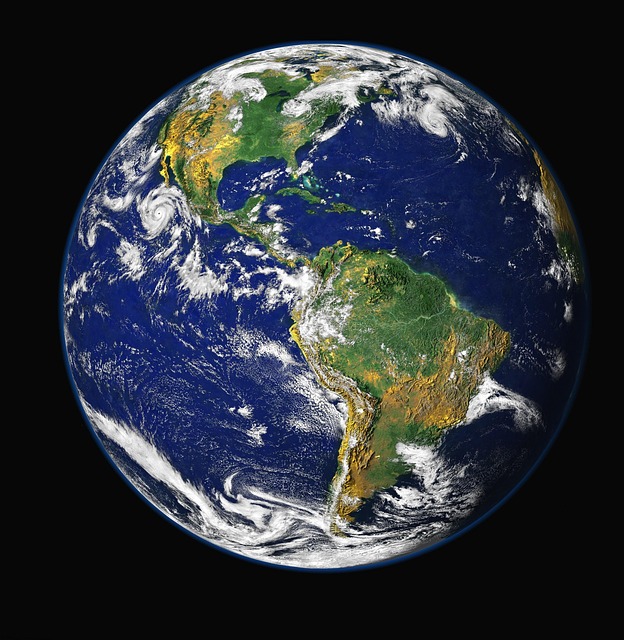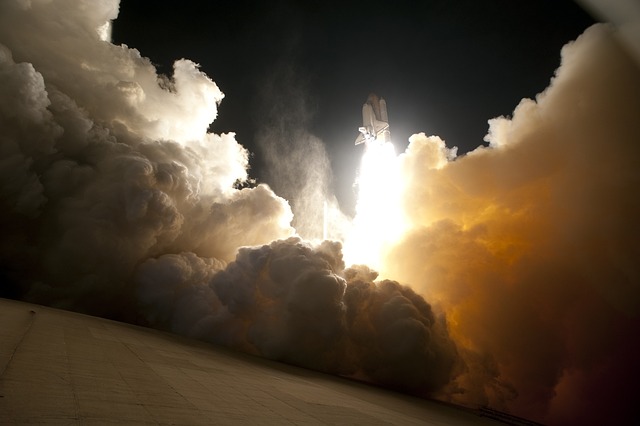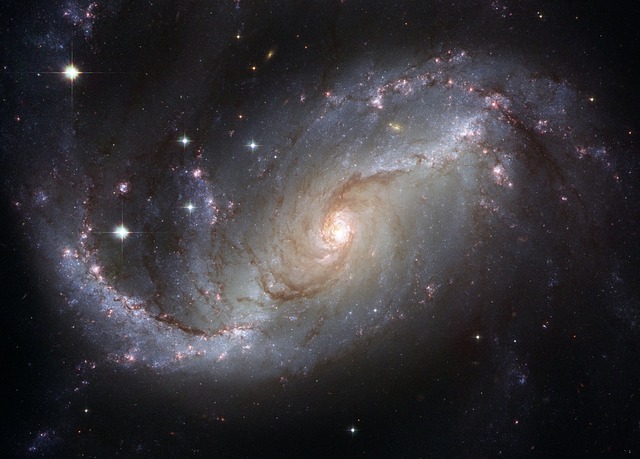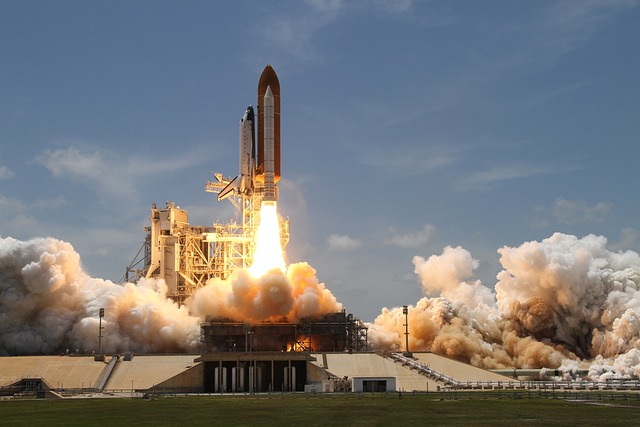The year was 2142, and humanity had made incredible advancements in space exploration. The discovery of a habitable exoplanet, named Terra Nova, had sparked excitement and curiosity throughout the scientific community. After years of preparation, the day had finally come to launch a group of brave astronauts into the depths of space to colonize this newfound world.
Commander Mark Richardson, a seasoned astronaut, led the crew of the Orion spacecraft. His team consisted of Dr.




